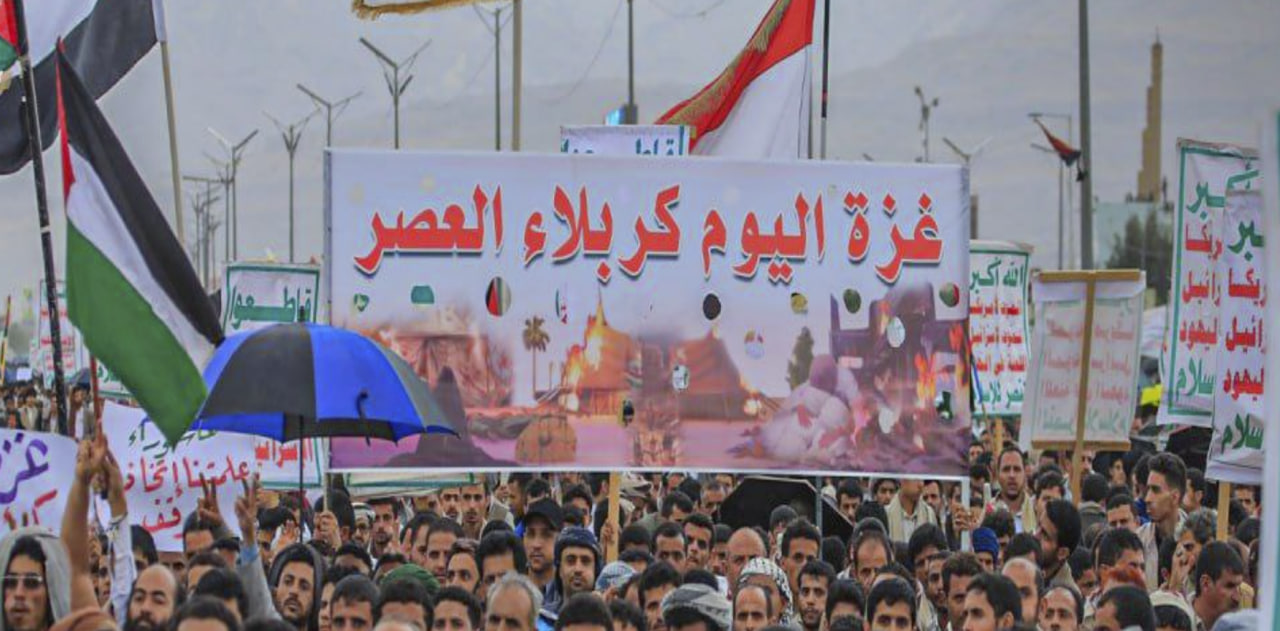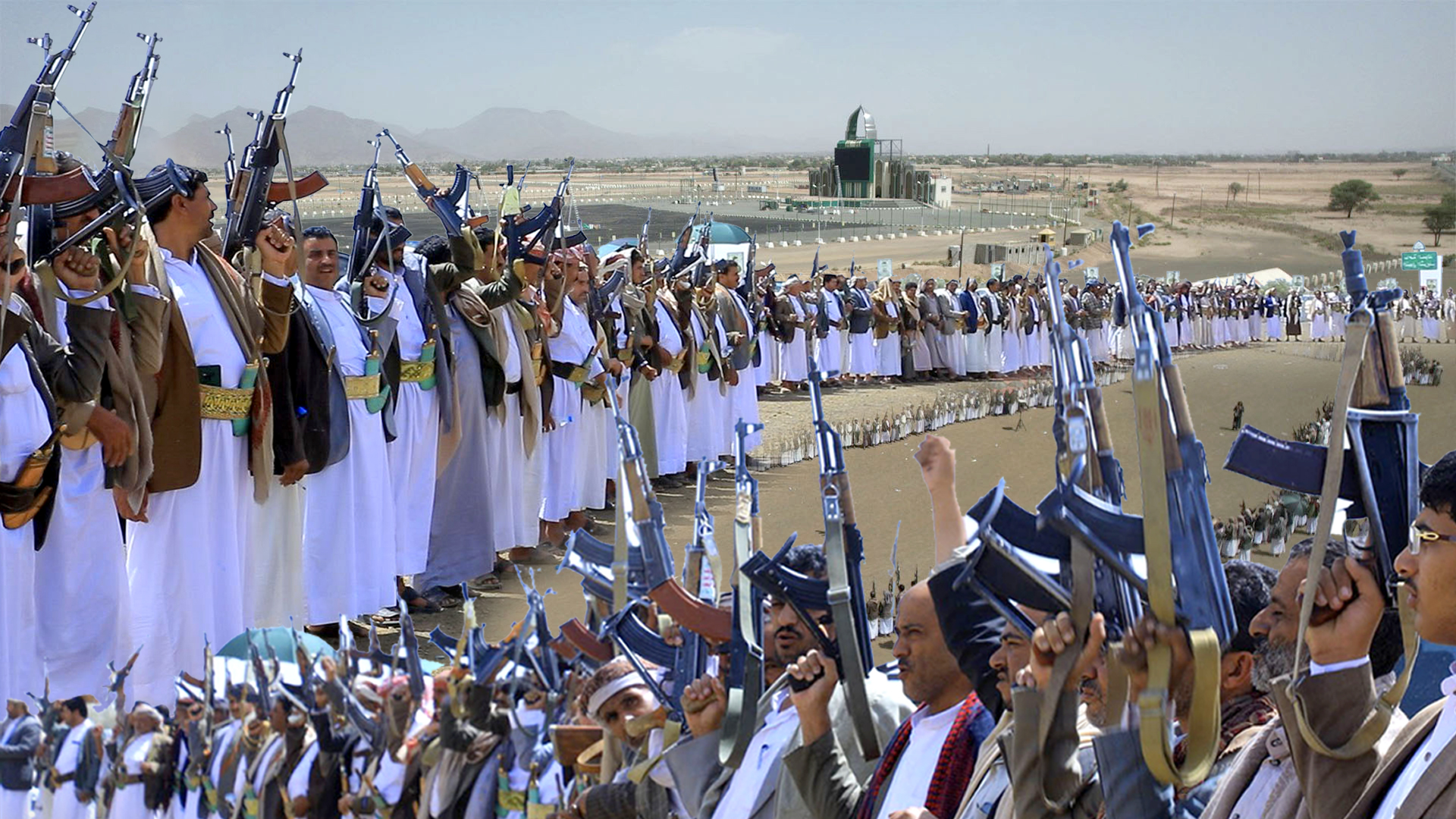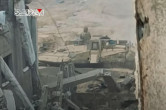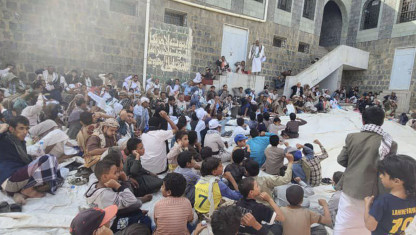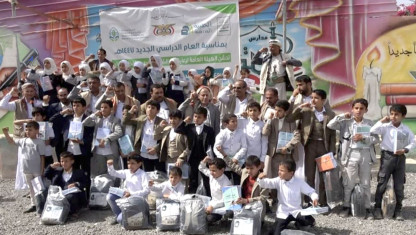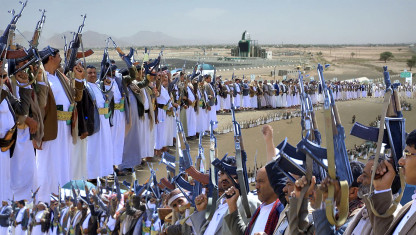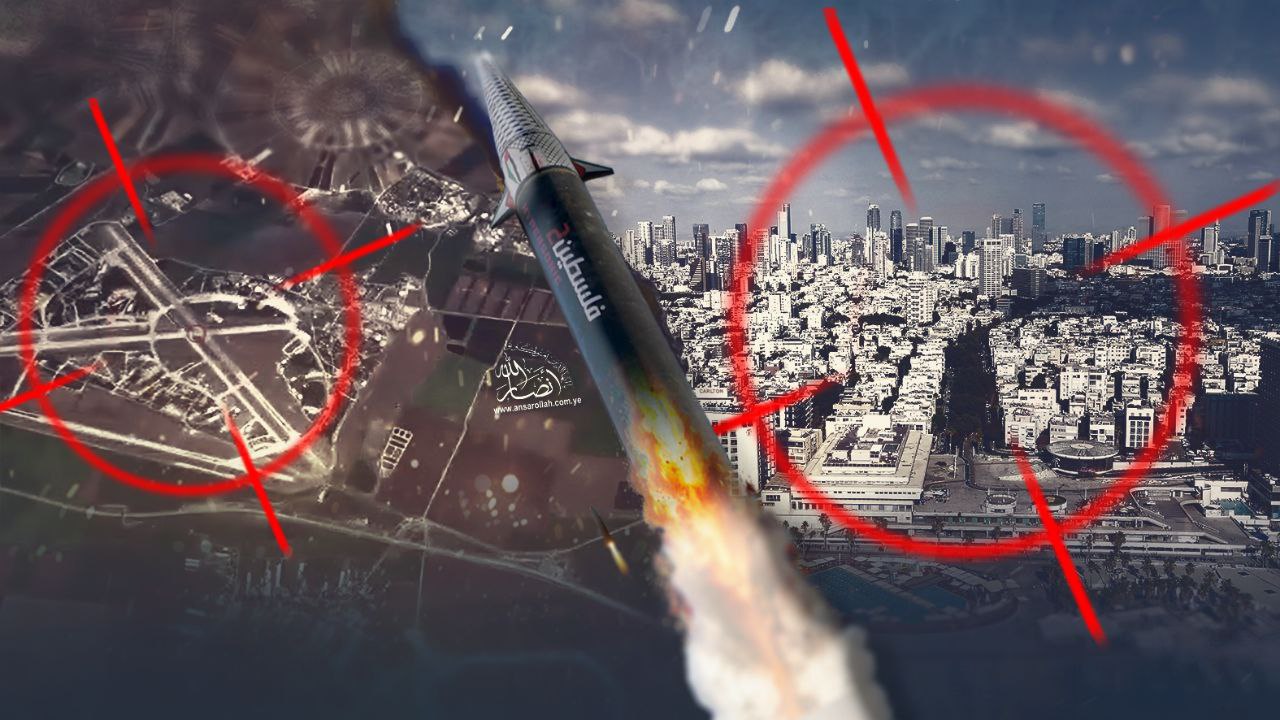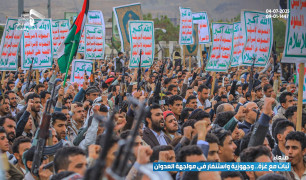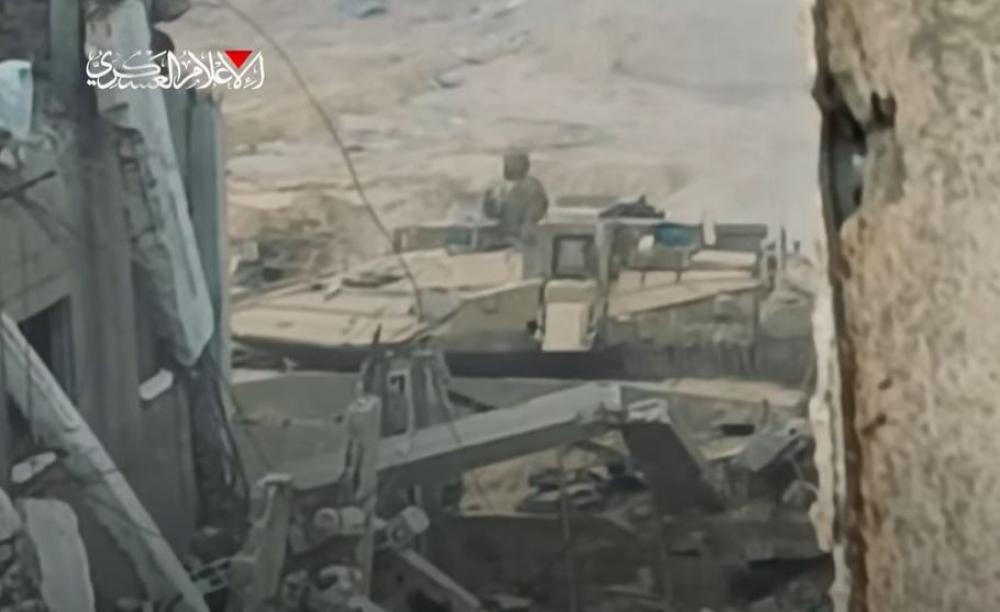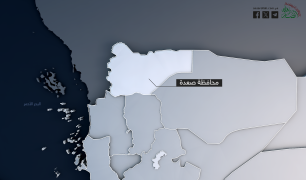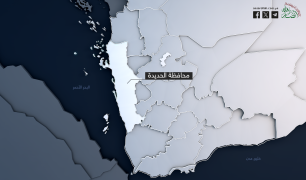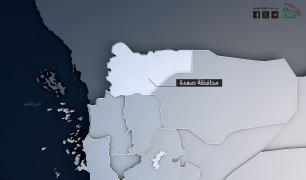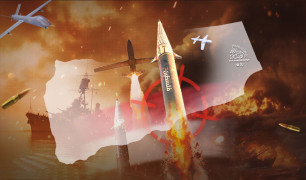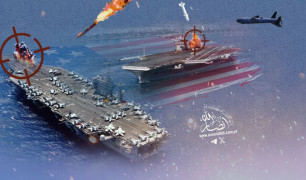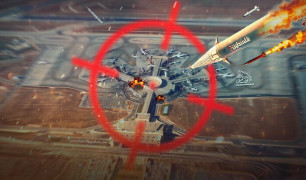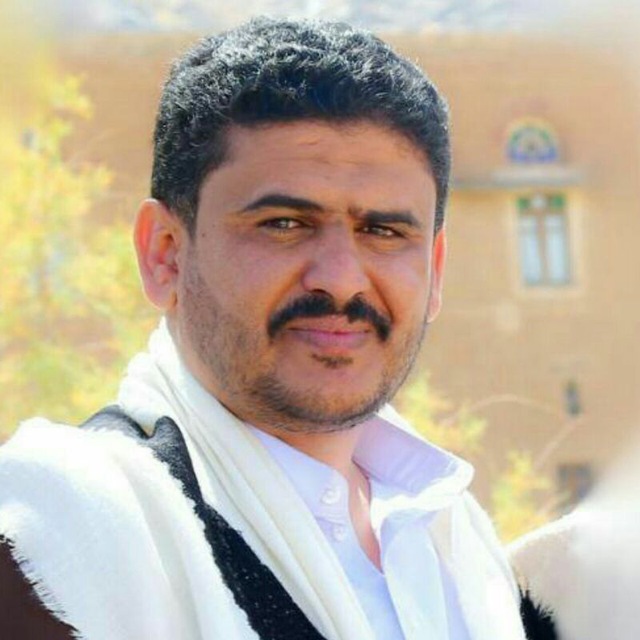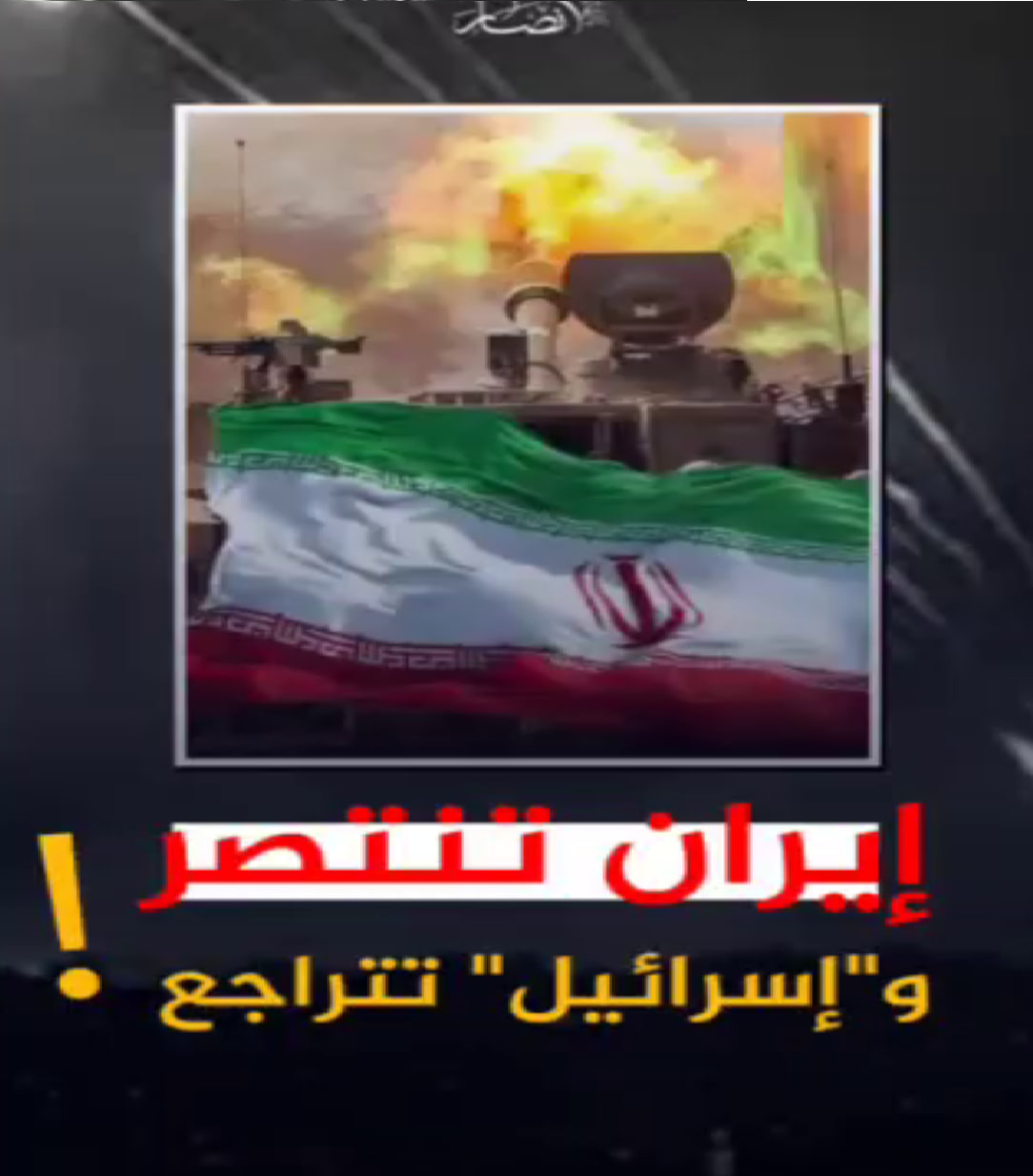عاجل:
إعلام العدو: الآلاف يتظاهرون وسط "تل أبيب" للمطالبة بصفقة تبادل عاجلة ووقف الحرب
مصادر فلسطينية: 3 شهداء وعدد من الجرحى في غارة للعدو الإسرائيلي على شقة سكنية قرب مقر الإسعاف والطوارئ بمدينة غزة
الشرطة الألمانية تعتدي على متظاهرين في برلين خلال تظاهرة تضامنية مع غزة
مصادر لبنانية لوكالة يونيوز: الموقف اللبناني يؤكد رفض أي طرح يمس التمثيل السياسي لشريحة كبيرة من اللبنانيين حفاظاً على الاستقرار الداخلي
مصادر لبنانية لوكالة يونيوز: لبنان يرفض المقايضة بين السلاح والشرعية السياسية للمقاومة ويعتبرها استهدافًا لوحدة البلاد
مصادر لبنانية لوكالة يونيوز: الدولة اللبنانية ترفض المهلة الزمنية الأميركية وتراها تمهيداً لتدخل عسكري إسرائيلي محتمل
مصادر لبنانية لوكالة يونيوز: بيروت تذكّر المجتمع الدولي بالتزامها الكامل بالقرار 1701 في مقابل تنصّل "إسرائيل" من تنفيذه
مصادر لبنانية لوكالة يونيوز: لبنان يحمل "إسرائيل" مسؤولية خرق القرار 1701 ويدين استمرار الاحتلال لمزارع شبعا وتلال كفرشوبا والغجر
مصادر لبنانية لوكالة يونيوز: الحوار بين اللبنانيين هو السبيل الوحيد لمناقشة ملف السلاح وليس عبر التهديدات أو الضغوط الخارجية
مصادر لبنانية لوكالة يونيوز: القيادة اللبنانية تشدد على أن سلاح المقاومة شأن داخلي لا يُبحث إلا في إطار وطني جامع

